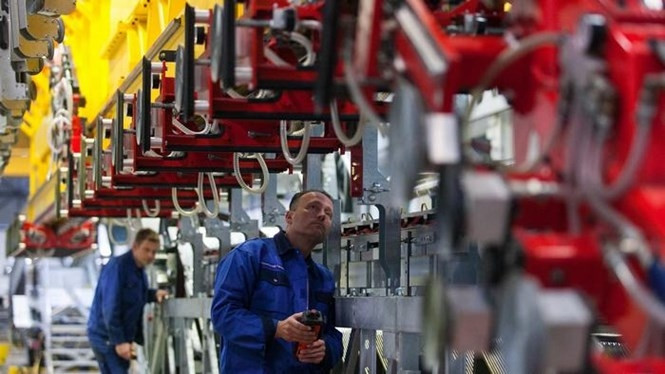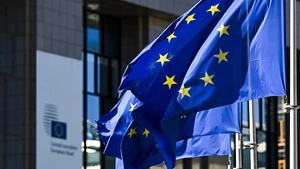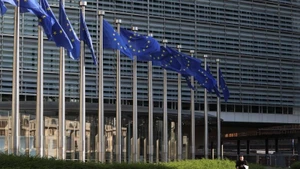According to the latest statistics, the unemployment rate in the European Union (EU) has fallen to a record low from 7.4% in July 2021 and 7.3% in October 2021 to the threshold of 7. 2% in the early days of 2022.
This is a clear demonstration of Europe's efforts in carrying out the dual task of both dealing with the complicated epidemic and restoring economic growth. The rare bright colours in the European economic picture help EU people ease their anxiety due to the COVID-19 pandemic still raging in the "old continent".
According to the European Statistical Office (Eurostat), about 13.6 million people are without work in the EU as of December 2021, of which 11.5 million people in the Eurozone only depend on government unemployment benefits. However, this is also a positive indicator compared to the EU's nearly 440 million people.
EU Commissioner for Economic Affairs Paolo Gentiloni said the drop in unemployment shows the success of the ‘collective response’ to the crisis.
The positive development on the labour market represents a marked difference from the Eurozone debt crisis, in which the bloc struggled for years to bring unemployment down to pre-crisis levels.
EU officials attribute the difference to a radical change in approach in which the EU jointly agreed on a massive spending push at the worst of the crisis, instead of the austerity path chosen in 2010-2015.
Unemployment rates fell, and the number of people finding jobs continued to rise despite the wave of infections from the Delta, Omicron and "stealth" Omicron variants that broke out in Western European countries such as Germany, France, Belgium,and the Netherlands. This shows that EU countries' measures to restore production and business during the pandemic are effective.
The most dramatic recovery was in France with 6.6% growth in 2021, while Italy recorded 6.2% growth in 2021. Germany, Europe's leading economy, recorded only 2.7% growth in 2021, but is forecast to grow by 4.6% in 2022. After the "common home" of the EU witnessed a historic decline in GDP in 2020 (negative 6.6% in the Eurozone), the European economy has begun to grow again thanks to effective epidemic prevention and control measures.
Gentiloni shared that 215 billion EUR (equivalent to 1.5% of the EU's GDP) will be pumped to the bloc to have enough resources to stimulate economic growth until 2023, although the epidemic has more or less disrupted the production supply chain. It has been calculated that the lifting of restrictive measures willreduce the aggregate budget deficit in the Eurozone from 7.1% of GDP last year to 3.9% this year and then 2.4% next year.
However, the speed of economic recovery among EU member countries is still quite different, in which the deficit rate of France is expected to be 5.3% in 2022 and 5.8% in Italy, still high compared to the threshold of 3% according to EU regulations. Public debt is assssed to have peaked at 100% in the euro area in 2021 and is projected to decline quite slowly to 97% by 2023. Germany's outstanding debt is capped at 69.2% in 2022, while this figure stands at 113 .7% in France and 151.4% in Italy.
As the world is still struggling to deal with dangerous new variants of the SARS-CoV-2 virus, EU member states seem to have found the answer to the "difficult problem" of adapting to the pandemic, while restoring economic growth momentum. The bright colours of Europe make a positive contribution to the overall picture of the global economy, which has been quite gloomy during the epidemic.
















